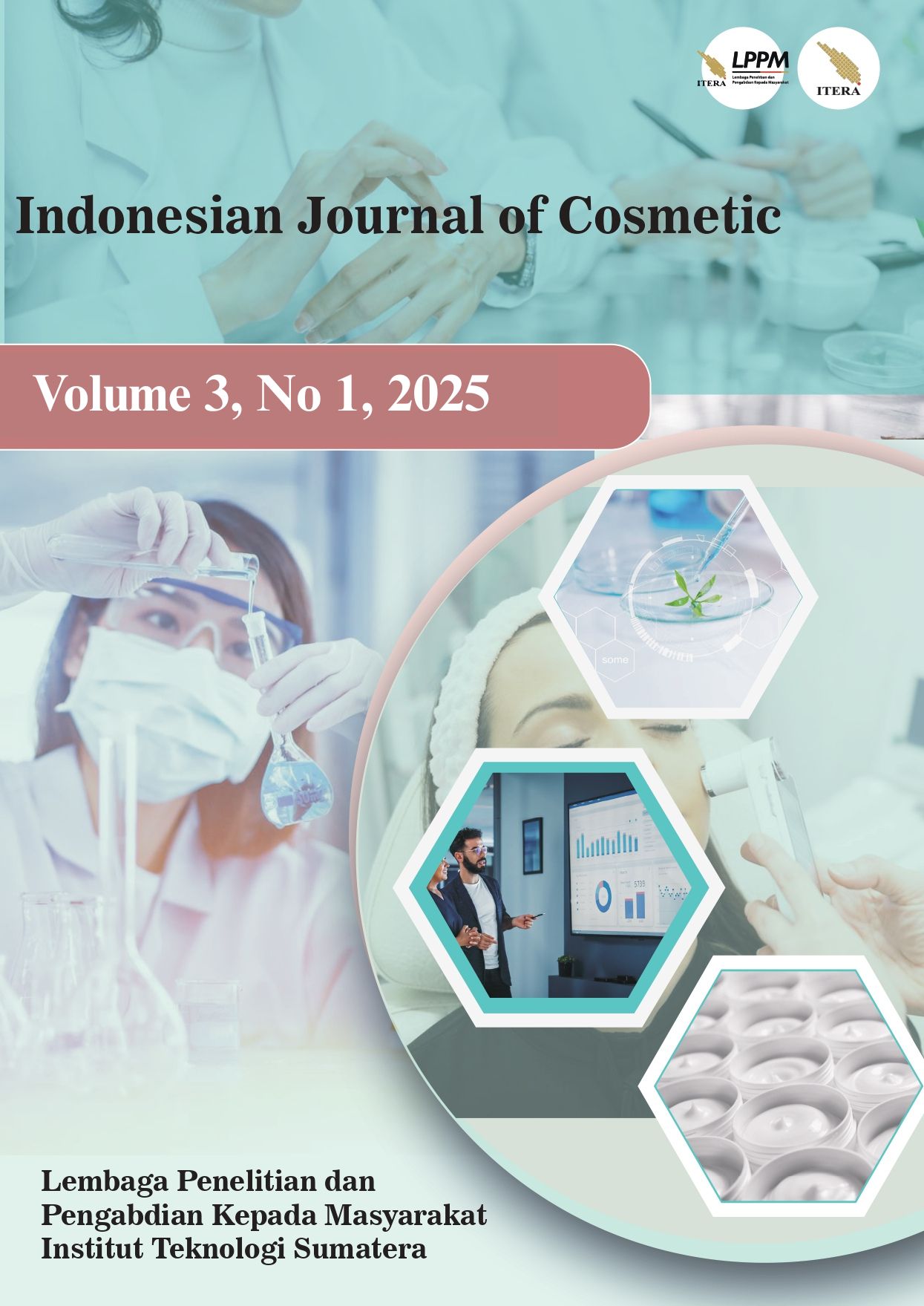BALANCING FEAR APPEALS AND SCIENTIFIC STORYTELLING ON INSTAGRAM
AN EXTENDED PARALLEL PROCESS MODEL CASE STUDY IN INDONESIAN ORGANIC SKINCARE
Abstract
This study examines how an Indonesian organic-skincare SME integrates science-based storytelling, calibrated fear appeals, and micro-influencer collaboration on Instagram to build brand engagement and consumer trust. It addresses the research gap on balancing educational and threat-based messaging in emerging Muslim-majority markets. A 16-week single-case study combined (i) five semi-structured interviews, (ii) document analysis of a four-month content calendar (71 posts), and (iii) post-level Instagram analytics. Thematic coding (κ = 0.82) was integrated with non-parametric tests (Mann–Whitney) in a mixed-methods joint display. Scientific storytelling embedded in a five-stage content workflow lifted saves-to-view ratios and underpinned a 70 % repeat-purchase rate. Fear-appeal posts generated 1.2× more comments but provoked backlash unless paired with coping advice, supporting the Extended Parallel Process Model. Posts co-created with niche influencers achieved six-fold higher views (3,189 vs 524) and engagement rates (2.46 % vs 0.41 %) than stand-alone brand content. Resource-constrained beauty brands should (i) codify a science-first scripting routine, (ii) sequence “threat-then-solution” messages, and (iii) prioritize credibility-matched micro-influencers over costly macro endorsements. This study is the first to integrate live social-media analytics, internal workflow documents, and stakeholder interviews to test how scientific storytelling and fear appeals interact under influencer mediation in an emerging-market cosmetics context, extending content-marketing and fear-appeal theory.




